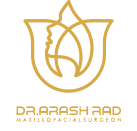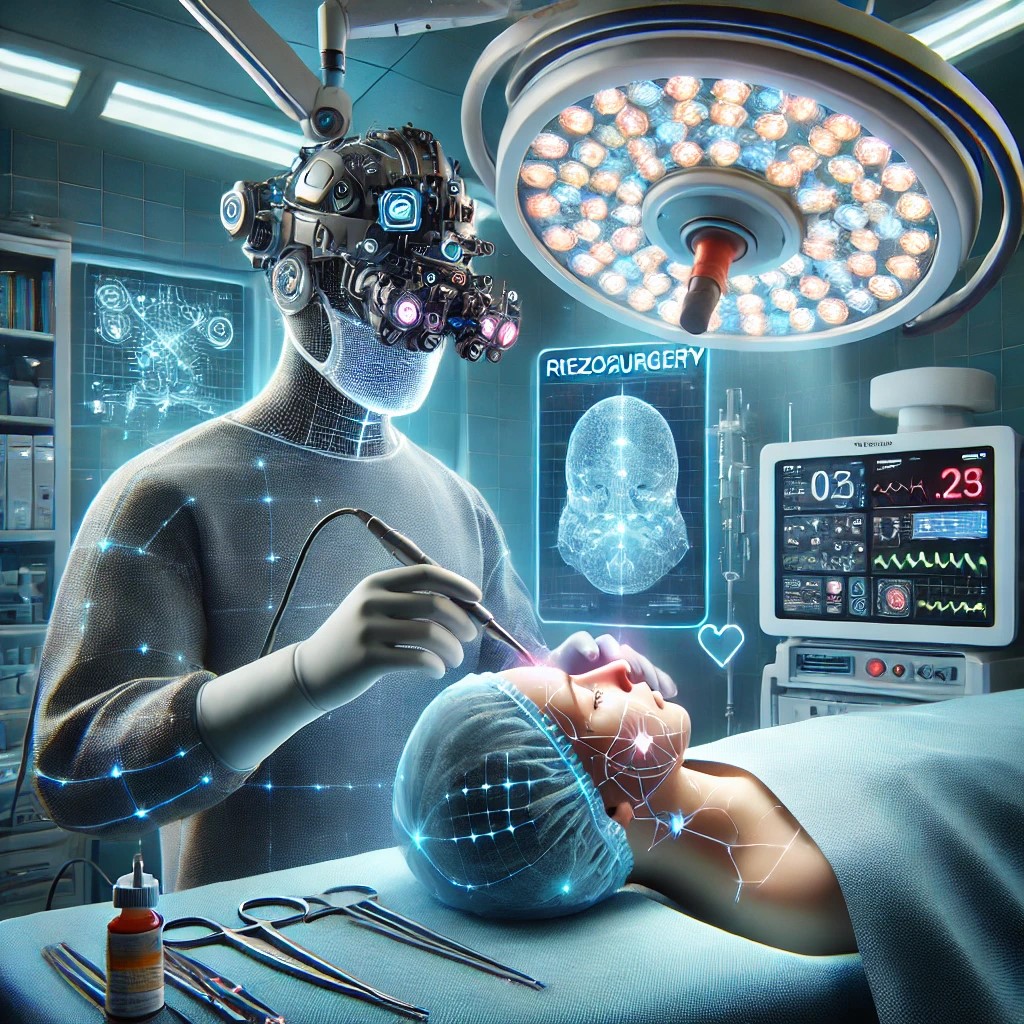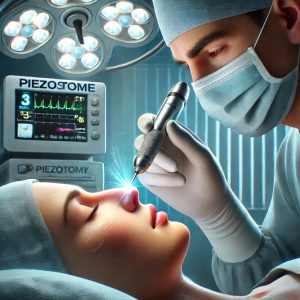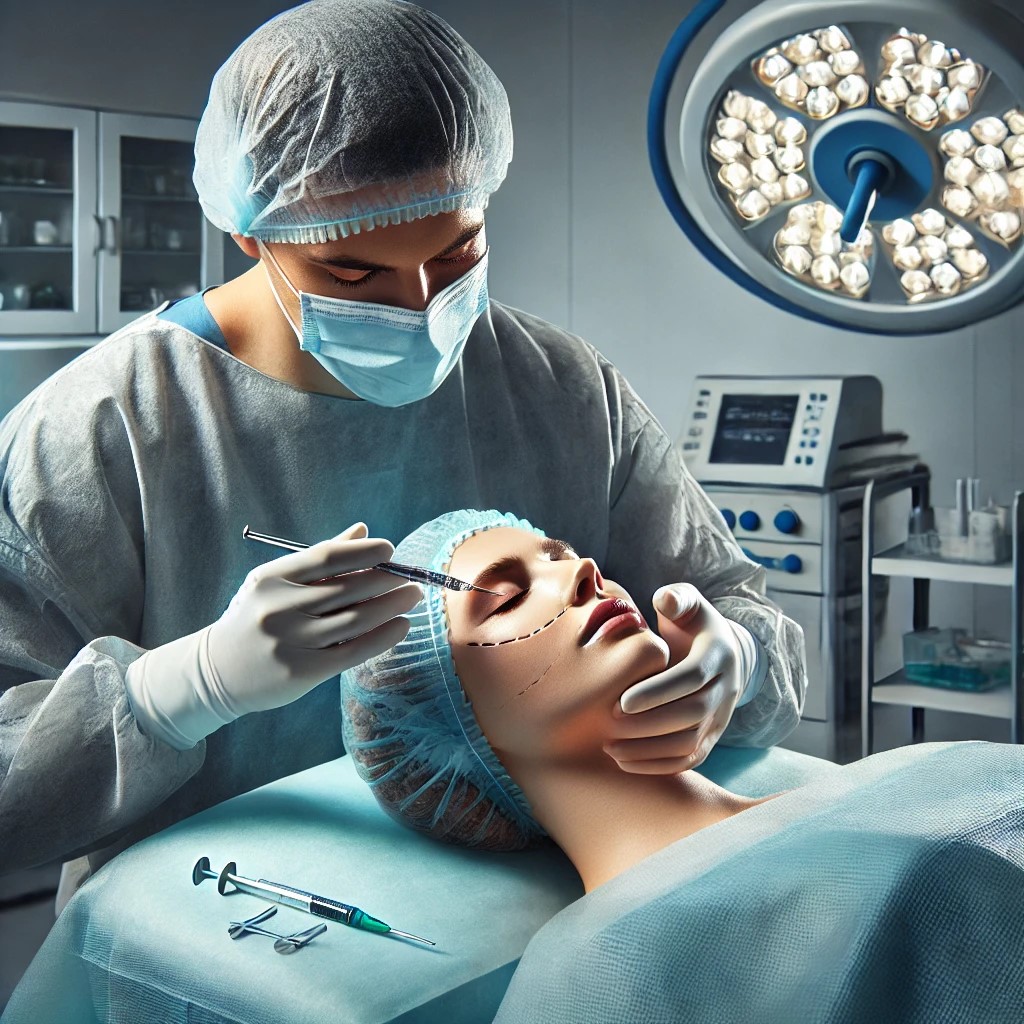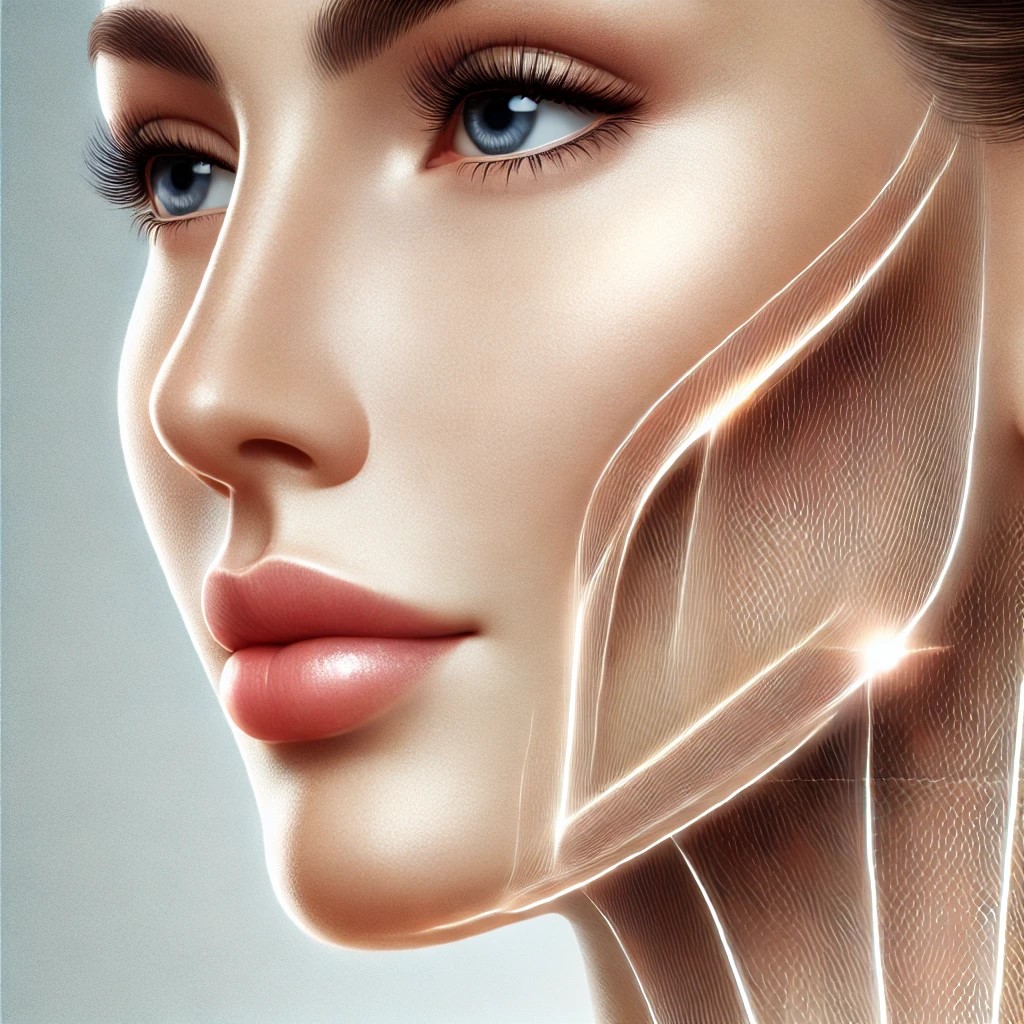Piezosurgery represents a major advancement in nasal surgery by providing enhanced precision, minimal tissue trauma, and a faster recovery process. This ultrasonic technique allows for selective bone reshaping while preserving surrounding structures, significantly reducing postoperative discomfort, swelling, and bruising compared to traditional methods (Safia et al., 2024). Integrating artificial intelligence (AI) and real-time bone mapping in 2025 has further improved the accuracy and safety of nasal procedures. Additionally, these innovations have significantly decreased complications, making them a preferred approach for cosmetic and reconstructive surgeries (Koç et al., 2017).
Rhinoplasty with Piezosurgery
Nasal surgery has evolved considerably over the years, with new techniques offering greater precision and better patient outcomes. The introduction of ultrasonic-based bone reshaping has transformed traditional approaches. Unlike conventional instruments such as osteotomes and rasps, ultrasonic technology utilizes high-frequency vibrations to sculpt nasal bones with extreme accuracy. This approach minimizes the risks associated with blunt-force techniques, reducing tissue damage and post-surgical complications (Robiony et al., 2016).
Recent clinical studies and randomized controlled trials (RCTs) have demonstrated that ultrasonic methods contribute to improved outcomes, including reduced bruising, swelling, and discomfort compared to traditional techniques (Fallahi et al., 2019). Additionally, AI-assisted surgical planning introduced in 2025 has enabled highly personalized procedures, minimizing errors and enhancing long-term results (Tirelli et al., 2015).
This article explores the most recent innovations in ultrasonic nasal surgery, detailing its mechanisms, benefits, and future implications for improved surgical techniques.
What Is Piezosurgery in Rhinoplasty?
Ultrasonic-assisted techniques offer a minimally invasive approach to nasal bone reshaping, allowing for precise modifications while minimizing the risk of damage to surrounding soft tissues, nerves, and blood vessels. Unlike traditional methods that rely on mechanical force, these advanced techniques use controlled micro-vibrations for accuracy, reducing the likelihood of irregular fractures and asymmetry (Alaa Safia et al., 2024).
How Does Piezosurgery Work?
- High-frequency vibrations selectively reshape bone while preserving soft tissue integrity.
- AI-assisted bone mapping enhances accuracy, enabling a customized approach for each patient.
- Reduces trauma to nasal structures, leading to less post-surgical swelling and bruising (Koç et al., 2017).
- Minimizes the risk of secondary deformities, supporting long-term functional and aesthetic success (Aydoğdu & Bayram, 2020).
Superior Aesthetic Outcomes
-
- Precise nasal bone sculpting for a natural-looking, symmetrical result.
- Reduction in postoperative complications such as irregular bone surfaces or visible deformities.
Faster Recovery and Less Postoperative Swelling
-
- Studies show 50% less swelling and bruising than traditional osteotomy techniques (Safia et al., 2024).
Lower Risk of Soft Tissue and Nerve Damage
-
- There is no risk of mucosal tears, vascular damage, or nerve injuries, typical in conventional rhinoplasty (Robiony et al., 2016).
AI-Guided Precision and Navigation in 2025
-
- AI-assisted surgical navigation enables hyper-precise bone sculpting, reducing intraoperative errors (Tirelli et al., 2015).
Innovations in Piezosurgery for Rhinoplasty in 2025
Personalized Ultrasonic Frequency Adjustment
A major advancement in 2025’s ultrasonic surgical devices is the ability to tailor vibration frequencies based on a patient’s bone density and nasal structure. Surgeons can now fine-tune these frequencies to optimize bone reshaping, reducing the risk of irregular contours or excessive thinning. This personalized approach enhances precision, ensuring a more refined and natural outcome.
AI-Assisted Bone Mapping and Ultrasonic Guidance
Artificial intelligence (AI) has revolutionized surgical planning, allowing for detailed mapping of nasal bone structures with unmatched accuracy. AI-driven systems analyze CT scans in real time, assisting surgeons in achieving precise and symmetrical reshaping. This predictive analysis reduces the need for post-operative adjustments and improves long-term surgical results.
Piezosurgery for Cartilage Refinement and Septoplasty
Originally developed for bone sculpting, ultrasonic technology has been refined for delicate cartilage reshaping. This innovation is particularly beneficial for septoplasty procedures, as it minimizes trauma to nasal cartilage, preserves structural integrity, and enhances breathing function. By reducing unnecessary tissue damage, these techniques contribute to faster recovery and improved patient outcomes.
آنچه در این مقاله میخوانید
Advancements in Rhinoplasty Techniques for 2025
Enhanced Precision and Control
Modern ultrasonic techniques allow for highly precise adjustments, minimizing the risk of asymmetry and improving overall surgical accuracy compared to traditional methods.
Less Trauma and Fewer Side Effects
New approaches significantly reduce impact on surrounding tissues, leading to less swelling, bruising, and a more comfortable recovery process.
Quicker Healing and Recovery
Minimally invasive methods help limit soft tissue damage, allowing patients to heal faster and return to daily routines sooner than with conventional procedures.
Greater Safety and Predictability
These innovations lower the likelihood of complications by controlling modifications to nasal structures, ensuring more consistent and refined outcomes.
Step-by-Step Process of Piezosurgery Rhinoplasty
- Consultation and Treatment Planning
The journey begins with a thorough assessment by an experienced Piezosurgery rhinoplasty surgeon, discussing the patient’s aesthetic goals and functional concerns.
- Surgical Procedure
- Anesthesia: General or local anesthesia is administered.
- Ultrasonic Bone Reshaping: The Piezotome device sculpts nasal bones without damaging soft tissue.
- Cartilage Refinement: Adjustments are made for better nasal support and aesthetics.
- Incision Closure: Internal sutures are placed for scar-free results.
- Recovery Timeline
📅 Week 1: Swelling and minor bruising peak; splint remains in place.
📅 Week 2-4: Noticeable reduction in swelling; most patients return to daily activities.
📅 Month 1-3: Final results become more visible as nasal structure refines.
📅 6-12 Months: Full healing and optimal results are achieved.
Piezosurgery vs. Traditional Rhinoplasty: Key Differences
| Feature | Piezosurgery Rhinoplasty | Traditional Rhinoplasty |
| Precision | High (Ultrasonic accuracy) | Lower (Manual bone cuts) |
| Soft Tissue Trauma | Minimal | Higher risk of damage |
| Swelling & Bruising | Reduced | Significant |
| Recovery Time | Faster | Longer |
| Risk of Asymmetry | Lower | Higher |
| Scarring | None (internal incisions) | Possible |
Cost of Piezosurgery Rhinoplasty in Tehran 2025
Piezosurgery rhinoplasty in Tehran is significantly more affordable than in Europe or North America, offering world-class expertise at 50-70% lower costs. The price varies based on
✔ Surgeon’s expertise and reputation.
✔ Complexity of the procedure.
✔ Clinic’s accreditation and facilities.
✔ Additional services such as post-op care.
Why Choose Dr. Mani Arash Rad?
🔹 Expertise: Dr. Mani Arash Rad is a leading maxillofacial surgeon specializing in ultrasonic rhinoplasty.
🔹 Advanced Techniques: Uses cutting-edge Piezotome technology for superior results.
🔹 Minimal Downtime: Focuses on rapid recovery with reduced swelling.
🔹 Personalized Care: Tailored treatment plans for each patient’s unique nasal structure.
🔹 International Patient Support: Assists medical tourists with virtual consultations and travel arrangements.
📌 Book a consultation with Dr. Mani Arash Rad today!
Future Innovations:
As the field continues to evolve, researchers are exploring the integration of 3D-printed nasal cartilage grafts with ultrasonic surgical methods. The potential for custom-made nasal implants combined with precision refinement could revolutionize complex nasal reconstructions.
As rhinoplasty continues to evolve, advanced ultrasonic techniques will emerge as leading surgical methods in 2025 due to their superior precision, enhanced safety, and faster recovery times. This approach eliminates many risks associated with traditional osteotomy techniques while integrating AI-driven guidance and real-time bone mapping, further enhancing surgical outcomes. Studies and clinical trials have consistently validated the benefits of these innovations over conventional rhinoplasty, making them the gold standard for nasal bone reshaping.
With reduced trauma, improved patient satisfaction, and increased accuracy, this approach sets a new benchmark for rhinoplasty in 2025 and beyond. This minimally invasive, high-precision technique is poised to become the future of nasal surgery, revolutionizing how surgeons approach cosmetic and functional nasal corrections.
For those considering rhinoplasty in 2025, these advancements represent the safest and most effective methods available today.
Achieve Your Ideal Nose with Expert Care
Whether you seek functional improvements or cosmetic refinement, Piezosurgery rhinoplasty in Tehran provides unmatched precision, safety, and superior results.
Contact Dr. Mani Arash Rad, one of Tehran’s leading Piezosurgery specialists, for a personalized consultation.
📞 Contact Us Today!
✅ WhatsApp: +98 9197890709
✅ Instagram: @dr.mani.arash
📍 Clinic Address: Tehran, Saadat Abad, Sina Medical Center
📅 Working Hours: Saturday, Monday, Wednesday (3:00 PM – 8:00 PM)
📌 Visit drmaniarash.com for more details!
📌 This article was prepared with Dr. Mani Arash Rad’s expert team.
✍ Written by: Samaneh Nikray
